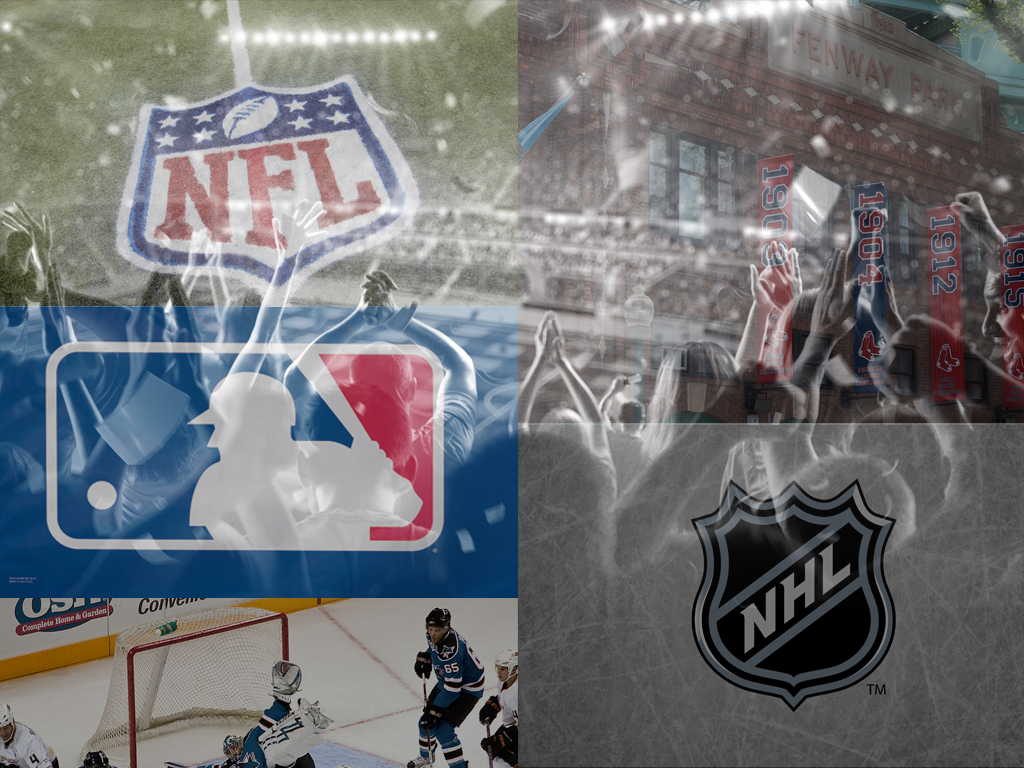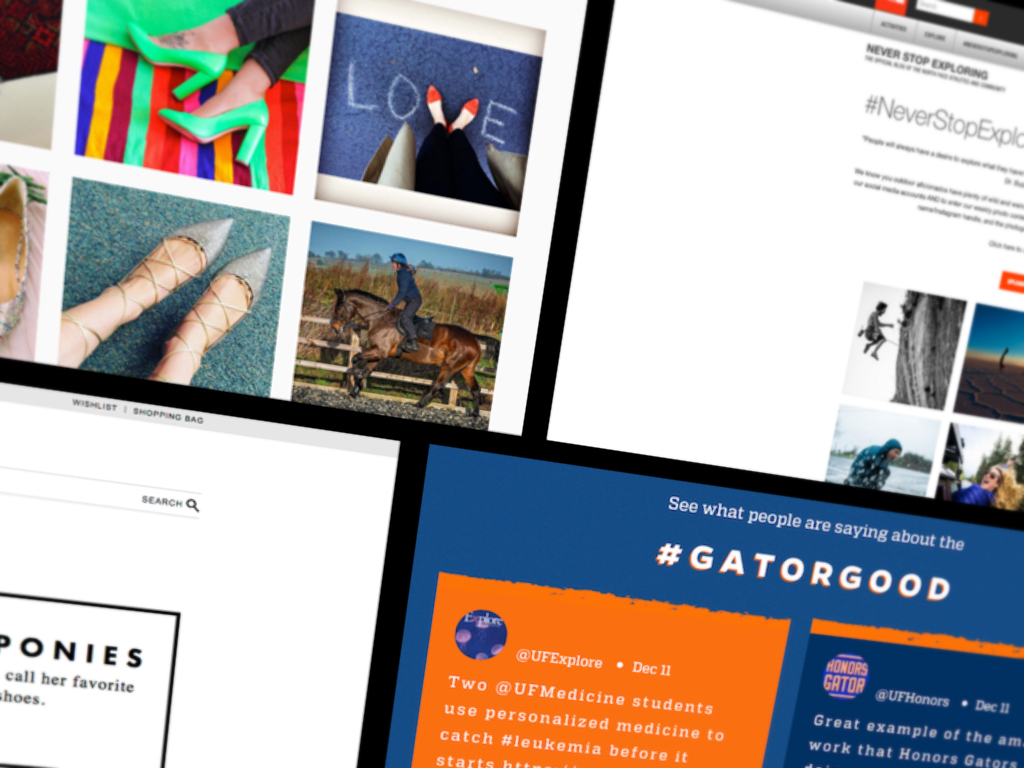Your website’s navigation structure and inbound link profile play an important part in your site’s ability to be found in the search results. Google evaluates the authority of your website in part by the quality of the links pointing to your site. The more relevant sites that point to your content, the more popular and authoritative you must be, at least in theory. And on your site, the way your links are structured can help both the search engines and your users discover content with ease.
Building, maintaining, and growing links to your brand’s site all contribute to the success of your organic search efforts. Let’s look at three key phases and how they contribute to a winning link building strategy.
Phase 1: Build – A Strong Website Navigation Structure
When you think about your site as a set of documents, you can start thinking about how to best organize those documents in a way that groups like topics together – just as you would in say, your computer’s file folders. Except on your website, these folders are called directories, and they represent the different subject themes on your site, like your services, products, or information about topics that matter to your business. These directories are created through your website navigation – linking similar pages together. Directories are important to organize for a couple of reasons; when the directories and their URLs are organized well:
- It makes it easier for search engines to crawl and understand the content on your site. This way, you’re effectively building mini-libraries of content on a subject, and can become an authority on it.
- Your visitors can navigate through your site with ease, finding the information they need faster.
 Bottom line: When you organize your website’s documents using easy-to-read, simple URLs that are linked together in a directory, you’re going to improve the experience for search engines and website visitors. So, what does that look like, exactly? Simple URL names and cohesive URL structure, like: www.puppyfashion.com (home page) www.puppyfashion.com/sweaters (sweater directory) www.puppyfashion.com/sweaters/holiday (holiday sweaters) www.puppyfashion.com/sweaters/star-wars (Star Wars sweaters) www.puppyfashion.com/sweaters/cashmere (cashmere sweaters) Remember that you can also link like-pages together across directories when relevant. One example would be a link from a post on puppyfashion.com/blog about holiday-themed puppy sweaters to the puppyfashion.com/sweaters/holiday page.
Bottom line: When you organize your website’s documents using easy-to-read, simple URLs that are linked together in a directory, you’re going to improve the experience for search engines and website visitors. So, what does that look like, exactly? Simple URL names and cohesive URL structure, like: www.puppyfashion.com (home page) www.puppyfashion.com/sweaters (sweater directory) www.puppyfashion.com/sweaters/holiday (holiday sweaters) www.puppyfashion.com/sweaters/star-wars (Star Wars sweaters) www.puppyfashion.com/sweaters/cashmere (cashmere sweaters) Remember that you can also link like-pages together across directories when relevant. One example would be a link from a post on puppyfashion.com/blog about holiday-themed puppy sweaters to the puppyfashion.com/sweaters/holiday page.
Phase 2: Maintain – Discovering & Fixing Links
Building the foundation is an excellent first step, but it’s not enough to “set it and forget it.” Your website needs tending just like a garden to keep it healthy. Even though a great directory structure helps the search engines and users better discover the content on your site, taking extra steps to improve that experience is key. Here are a couple ways to ensure that.
Finding & Fixing Broken Links
A broken link – or 404 (page not found) can be quite annoying to your website visitors. Routine (weekly or monthly) maintenance of broken links is important to ensuring users don’t leave your site. Run tools to identify and fix those you can. Sometimes this includes implementing a 301 redirect to the best page, other times, simply having a custom-designed 404 page that gives your visitors other options they can navigate to can keep them on your site longer.
Sitemaps & Site Maps
No, that’s not a typo – those are two distinct ways that search engines and users can discover more of your website’s content. An XML Sitemap is for the search engines to get a better picture of how your site is organized and helps the search engines better crawl the content. An HTML site map is a page on your site that lists all the main sections and links within your site in an organized manner. This is your visitors’ road map if and when they are feeling lost. It’s important to keep this updated as changes are made to your site to avoid broken links.
Phase 3: Grow – Increasing Link Volume & Value
Ever since Google Penguin hit the scene, “link building” has become a dirty word. But that’s just semantics – building the volume and value of links is still an important signal to Google that your site is a relevant and popular choice. What’s no longer in vogue is the type of link building that works to artificially inflate rankings. Think: buying links. What’s more, bad link building often leaves sites with a link profile that consists of inbound links from other sites that aren’t relevant to your industry or topic, and that’s a red flag to search engines. While there’s still debate about what types of links matter most, a laundry list definitely exists of what the industry believes to be bad links and bad link-building practices. Penguin catapulted brands into a frenzy of link pruning – getting rid of those links that could be perceived by Penguin as low quality, and ushered brands into a new era of what it meant to earn links the smart way. Today, brands work to grow their link profile in a way that allows their sites to thrive in the face of any algorithm or penalty that the search engines may throw at them.



